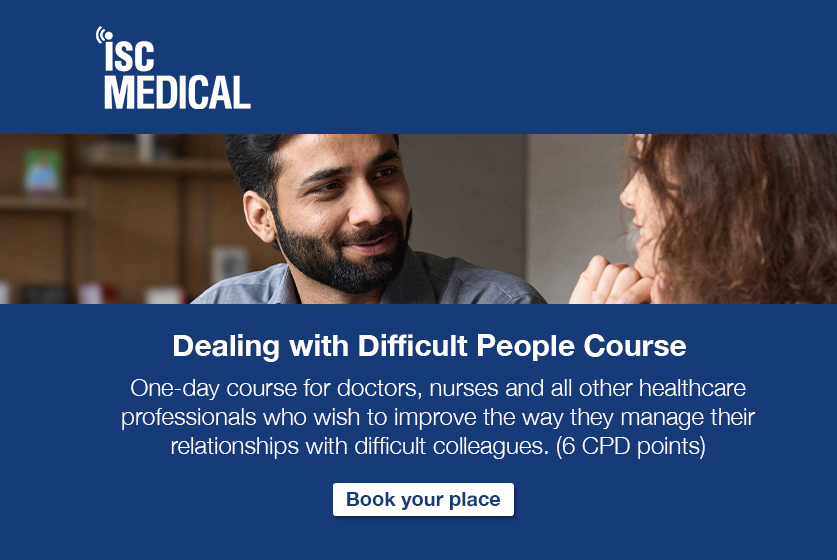How to have those difficult conversations at work in 4 steps

Have you ever had an issue with a colleague that you were too scared to raise? Whether we don’t know how to handle the situation or through fear of the repercussions, most of us would rather wait out these uncomfortable periods but, as we all know, things left unspoken never get mended. Avoiding these types of conversation will only lead to resentment and further rifts between you and your co-worker. Contrary to popular belief, conflict isn’t inherently bad because, without it, resolution cannot happen. It’s vital that people feel they can discuss work related issues with each other otherwise toxic workplace culture can fester.
Having difficult conversations is really about finding common goals, and by understanding each other better you can create a healthier work environment for everyone. The key to tackling conflict at work is to handle it as productively as possible, and your goal should always be to find a resolution as soon as a problem occurs. Do keep in mind that a solution is not always possible during conflict, but at least work towards a plan to finding that solution or reaching a mutual understanding.
However daunting, these conversations are absolutely necessary. Here are 4 steps to having those difficult conversations in the workplace:
Consider their perspective
When going into a difficult conversation we can often be solely focused on our own goal or desired outcome, and whilst this is important, it is usually without consideration for the other person. Getting blindsided by conflict and solely thinking about what you want from the situation is often a big part of the conflict itself. Showing empathy and self-reflection is a key starting point to having these conversations. You need to be able to set aside your own perspective on the situation and be open to hearing the other persons point of view. Hearing them out from the get-go will create an open discussion instead of a one-sided conversation and this is crucial towards creating a common goal.
Validate their feelings
We often mistake acknowledgement for agreement, but they are very different things. If we can acknowledge the other persons point of view, it shows them that we have listened and understood them. By the end of them talking about their perspective, you should have listened so intently that you could almost make their argument for them! A great tool is to explain back to them their thoughts and feelings which they expressed, and this will give you space to start explaining how you feel in contrast.
Take your turn
You should only take your turn to express yourself once you feel they’ve gotten everything off their chest. The rule of thumb should be:
- Hear them out
- Allow them to fully express their views and feelings
- Use this to better structure your response
Have they mentioned anything that you feel is a misunderstanding that you could better explain to them? Hearing their perspective beforehand and being empathetic will help you respond effectively, without minimising their experience.
Be goal orientated, but be flexible
Now that you have a better understanding of the other persons perspective and they yours, you can return to expressing your ideal outcome. However, you need to be ready to compromise (which should be easier now that you understand the other person’s point of view). You must ensure your agenda is not one-sided and that there’s room to accommodate their ideal outcome as well, the only way you’ll get to a real solution is by creating a common goal together. A good way to start this is by asking the other person first what they think could work and use whatever part appeals most to you and build from there. It should be a back-and-forth discussion where you reach common ground and both walk away happy, or at the very least feeling like some progress has been made.
ISC Medical’s ‘Dealing with Difficult People’ Course
If you are struggling to have difficult conversations like these why not register for our ‘Dealing with Difficult People’ Course? This one-day course delves into all the practical aspects of these approaches and other conflict-resolution models, with many opportunities to understand and practice a wide range of evidence-based techniques. We give you all the tools you need to understand what makes people difficult and how to handle them, helping you understand what drives people and how to approach them, and how to resolve conflict in an effective manner.

